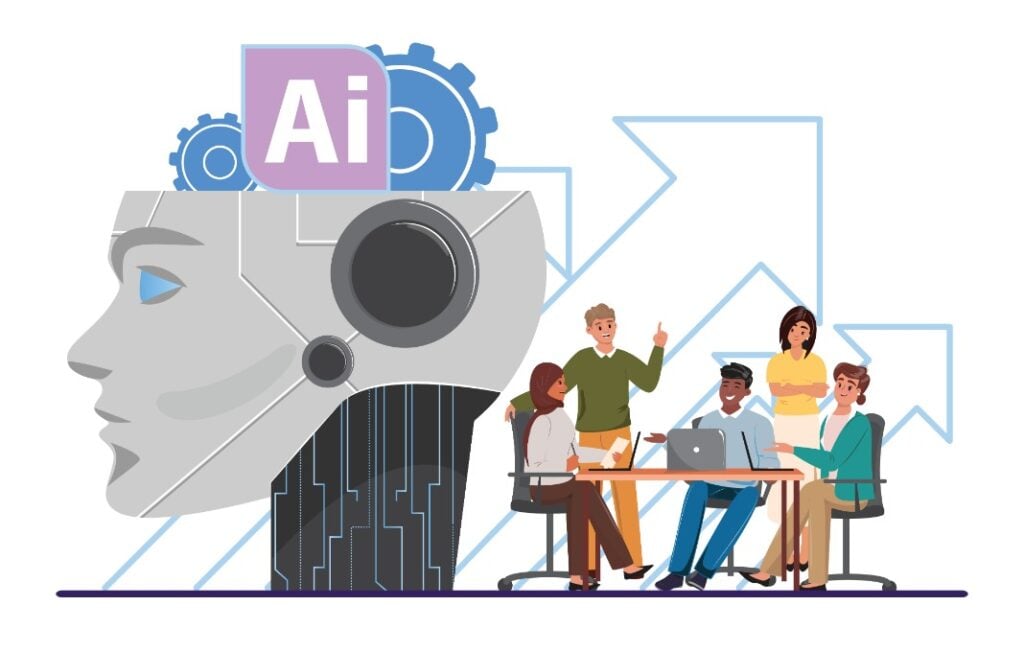Even amid ongoing uncertainty in the market, economic headwinds, potential recession and geopolitical uncertainty, talent challenges, skill shortages and aligning needed capabilities with organizational strategy remain significant challenges. This is a rather unique situation historically, where talent, people and skills remain in high demand.
These talent challenges are not expected to go away. In fact, retention and turnover remain a top concern among 83 percent of executives worldwide, and even more (86 percent) are concerned about a potential shortage of qualified workers over the next decade. This makes it imperative, as organizations look to retain customers, pursue innovation and achieve strategic objectives, that they align those objectives with their talent strategy and people strategy. And that, more than anything else, should involve ensuring that the HR team, led by the CHRO, has a seat at the decision-making table.
Organizations that wish to advance their talent strategy must leverage the expertise and perspective of their CHRO and HR leadership to gain the greatest value from current and future talent investments that support the organization’s growth and performance objectives.
Here are three things CHROs and HR leaders can do to help unlock the value of their talent strategy and deliver better integrated talent game plans:
- Align the organization’s talent strategy with company goals. To fuse the organization’s talent strategy and business strategy, executive leaders must understand their organization’s plans for growth, increased efficiency, technology transformation and more, examining both short- and long-term business objectives. Does the company’s supply of talent and skills enable it to meet these objectives? If not, leadership must identify the skills needed to achieve those objectives—both existing skills and new capabilities—and then must acquire the needed skills while redefining the talent-acquisition practice.
- Set clear and new talent metrics. As organizations are forced to execute strategic pivots in response to rapid technological advancements and increasing external disruptions, the skills and talent required to achieve objectives will change frequently and, at times, dramatically. This requires CHROs to not only track open positions but also to be keenly aware of skills at risk, upskilling and reskilling opportunities, ESG- and DEI-related metrics relevant to business objectives, organizational well-being and other critical measures. HR leaders should not only examine where the company might be lacking critical talent but also should determine if any employees have the skills or motivation to take on new roles. They also should work closely with other business leaders to determine skills that will be needed most to meet future business objectives.
- Close the digital talent gap. A digitally savvy workforce is increasingly important for organizations to achieve successful technology transformation and meet their strategic objectives.As organizations across all industries seek to “go digital,” the availability of technology talent has become harder to find—a gap that will likely linger for years. Because the traditional recruiting pipeline may not be the best source for bringing in the desperately needed tech talent, many HR leaders are looking at alternative labor sources to meet their needs, instituting a flexible labor model that includes contract and temporary workers, external consultants, and managed services and outsourcing providers, in addition to their full-time staff. Companies are also offering digital skills training to their existing employees, a strategy that can help fill the immediate need for digitally skilled talent, help existing employees feel more engaged, and attract and retain in-demand talent. This updated labor model can help organizations achieve greater strategic returns and gain new capabilities.
Just as the pandemic and related business and supply-chain disruptions have forced organizations to reexamine their strategies for innovation, transformation and successful operations, it also will require organizations to take a closer look at the way they manage their talent acquisition and development strategy, particularly given the current challenges with talent supply and demand.
Organizations that fuse their business and talent strategies will have a leg up on their competition and be better positioned to meet or exceed their business objectives, as they will have a clear understanding of the skills needed for short-term and long-term success. As organizations begin to more clearly see the value connection between talent and company performance, CHROs will continue to have a key seat on the executive team and play a critical role in company strategy.







